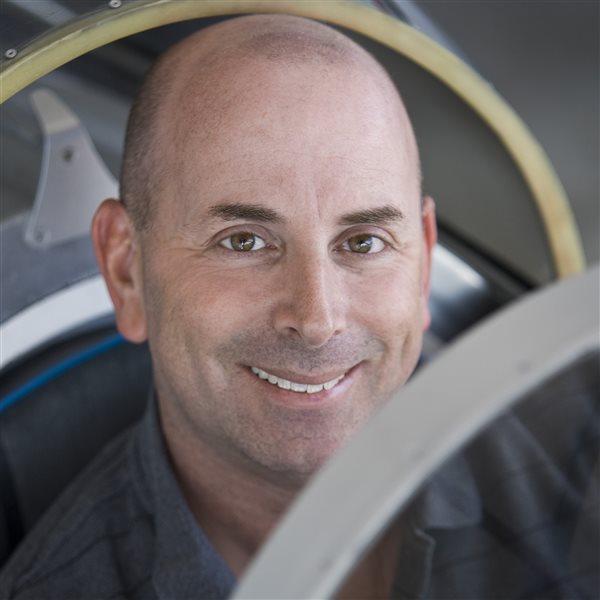Aircraft checkouts
Learning the new-to-you airplane ‘gotchas’

The thoroughness and quality of these checkouts varies. But the real completion standard is best determined by the pilot being checked out. Do they feel comfortable and confident flying the new-to-them airplane as pilot in command? Are they knowledgeable about the airplane’s systems? And are they prepared to successfully overcome in-flight malfunctions and emergencies?
A good place to begin an aircraft checkout is with the “Limitations” section of the pilot’s operating handbook. It sets the boundaries for things that are approved and those that are not. I was surprised, for example, that a Cessna Citation model I was preparing to fly required a jet fuel additive that other similar airplanes don’t. The requirement was in the “Limitations” section.
A review of the airplane’s normal and emergency checklists is next. Taking a close look at those lists before boarding the airplane gives pilots time to think them through, visualize, and better understand aircraft systems. Should the electric fuel pump be on during takeoff and initial climb? Should engine power be reduced before propeller rpm? The pilot and the instructor should define in advance what the checkout will entail and how best to accomplish those tasks. Checkouts can be a few takeoffs and landings, but ideally, they’ll include slow flight and stalls and explore the full range of the airplane’s normal flight envelope.
When I’m checking out a pilot in an unfamiliar-to-them aircraft, I want them to experience its novel characteristics. I don’t care whether steep turns meet commercial pilot checkride standards. That’s not the point. I just want them to know how the airplane behaves when it banks steeply and let them make adjustments as they learn. The main thing I want to know when being checked out—and the central point I try to impart when checking other pilots out—is the new airplane’s gotchas. When learning or teaching about the Beech D–17 Staggerwing, for example, the two-valve, five-tank fuel system is the most important feature for the new pilot to understand because it’s the most likely way they’ll get into trouble. In a Cessna 180 or 185, pilots need to experience how flap settings beyond 30 degrees and idle engine power can lead to extremely high rates of descent prior to landing. In a Cessna 182 or 206, practice go-arounds so the new pilot sees how much forward pressure is required to keep the nose from pitching too far up. The instructor will manipulate the controls little if at all during the checkout itself. The pilot being checked out gets the maximum amount of stick time.
It’s also critical to learn during a checkout the things an airplane can’t do. One of the most eye-opening demonstrations I ever received during a checkout took place in an amphibious Piper PA–18 Super Cub. We had done many takeoffs and landings in a variety of wind and wave conditions, and the airplane was on the water and pointed at a small island about 1,500 feet away. The instructor asked whether I thought the Super Cub could take off toward the island and clear the trees in the middle of it by a comfortable margin. I told him I was sure it could because it was a Super Cub, an aerial mountain goat known for energetic climbs in minimal space. During the takeoff run, however, it quickly became obvious that I was wrong. The Super Cub couldn’t clear the island or its trees.
By simply turning the airplane slightly, I avoided the island and took off normally. But the water run had been far longer in time and distance than I had estimated. The same airplane on wheels could have easily vaulted off a runway and over the obstacles, but a Super Cub on amphibious floats is vastly different.
“That’s what I wanted you to see for yourself,” the more experienced Super Cub pilot told me. “Checkout complete.”



